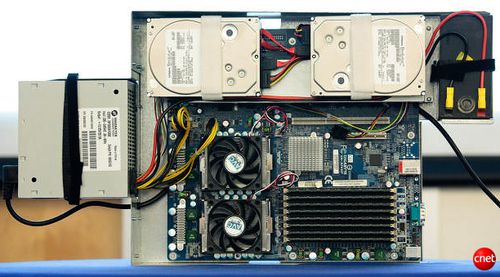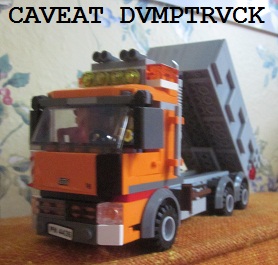When I worked at Paradise Corporation (a pseudonym), in the National Accounts Department (within the broader realm of Sales & Marketing) with my boss’s permission, I constructed a database server which I used to download and manipulate a complete “copy” of the official corporate data warehouse. The server was not a powerful machine, and a full ETL (extract, transform, load) of the previous week’s data took all weekend (more than 24 hours). But I kept adding more hard-drives, because the size of the dataset was so large. Ultimately, the server had 9 200GB hard drives, meaning it was approaching 2 terabytes. There were only 6 slots for hard drives, however, so I attached the additional drives using duct tape to the inside of the case. I was very proud of the jury-rigged contraption.
The server became known as the “stealth server,” and employees from the IT department would sometimes come by my cubicle simply to admire (and express alarm) at my handiwork. I deployed a business-intelligence website called, alternately, the report-o-matic or NADA (a cynical backronym of my own creation, meaning National Accounts Data Analysis), which ran on one of my two desktops and linked to the stealth server for its source data. Linking directly to the data warehouse was not an option, because the dimensional data there was of the wrong “granularity,” which is why I’d built the copy in the first place. I was “flattening” the dimensions substantially, and then re-normalizing to the “correct” granularity to be able to support invoice reporting for certain finicky National Accounts customers.
 I was reminded of my beloved stealth server recently by an April Fool’s blog posting at CNET news. The picture (click thru for the CNET article) is not unlike my stealth server, and I felt both alarmed and proud of the fact that my stealth server’s secret twin was working hard for google. But of course, no real corporation would rely on such jury-rigged hardware for mission-critical data support functions. Right?
I was reminded of my beloved stealth server recently by an April Fool’s blog posting at CNET news. The picture (click thru for the CNET article) is not unlike my stealth server, and I felt both alarmed and proud of the fact that my stealth server’s secret twin was working hard for google. But of course, no real corporation would rely on such jury-rigged hardware for mission-critical data support functions. Right?
To Paradise’s credit, the report-o-matic is now hosted on proper hardware, and most of the “back-end” has been rewritten by “guys in India.” But last I heard, the website was still presenting data for the National Accounts team, much as I’d designed it.
![]()
